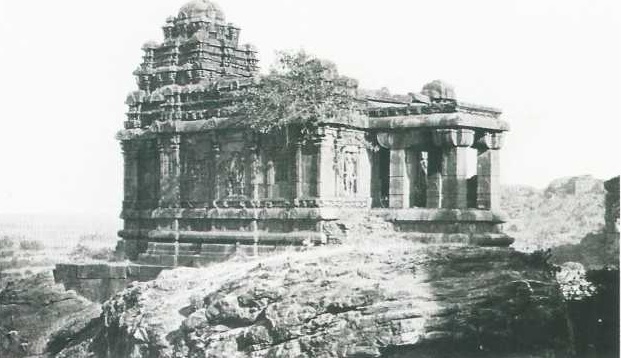Talk:Badami
Bādāmi
Nestling at the foot of steep hills, this small town is situated in the Bijapur district of Karnataka State. Known as Vātāpi in the ancient days, it was the capital of the Cālukyan empire during the period A.D. 550-753. It contains several temples of the structural as well as the rock-cut varieties. Near the fort there are temples dedicated to Hanumān and Siva. On the southern hill, situated on its western side, there are four cave-temples (three Hindu and one Jain). They resemble the ones at Ellora. The pillared halls in them show a high standard of workman¬ship and are uniformly of the same appearance. The pillars are mostly square in section though a few of the inner colonnade in Cave no.3 are multifaceted. In the first cave are seen images of Siva with 18 arms, Gaṇeśa, Viṣṇu, Lakṣmi as also Śiva-Pārvatī. The back wall con¬tains panel-figures of Mahiṣāsuramardinī (Durgā), Gaṇeśa and Skanda. The second cave contains images of Vāmana, Varāha, Nārāyaṇa on Garuḍa and Nārāyaṇa on the serpent Śesa. The third cave has images and figures of Ardhanārīśvara, Pārvatī, Narasirnha and Varāha. The fourth cave contains the images of the Jain Tīrthaṅkaras. Among the structural temples, the Mālegitti Śivālaya built on a hill over¬looking the town of Bādāmi needs special mention. It is a massive solid structure, though not very large. It consists of a cella, an assembly hall and a porch. There are fine frescos, very much like those of Ajanta, in Cave no. 3. The most important and well-preserved of these is that of the betrothal of Pārvatī to Śiva. These paintings belong to the 6th century A. D. See also AIHOLE and PATTADAKAL.


